Los Artículos sobre Mascotas (Perros o Gatos) de PETSmania
Ir a indice de Artículos
Terrier Americano Sin Pelo
Estandar de la Raza Terrier Americano Sin Pelo
Por :
(Estados Unidos)
Seccion:
AMERICAN HAIRLESS TERRIER
(Terrier Americano Sin Pelo)
General Appearance:
The American Hairless Terrier is a small to medium sized, smoothly muscled and active terrier. Ancestors of the breed were bred to hunt rats and other vermin. The lack of coat on the hairless variety of the American Hairless Terrier renders them unsuited for most hunting activities. They have, however, retained a strong hunting instinct and excel in many other activities and sports. The breed is energetic, alert, curious and intelligent. Given early socialization and training they excel as companions, displaying great affection for their owners and family. American Hairless Terriers should not be sparred during conformation judging.
Size, Proportion, Substance:
Ideal height is from 12 to 16 inches at the withers.
Proportion - Body is rectangular being slightly longer than tall with a 10:9 ratio when measured from the prosternum to point of buttocks and from the withers to the ground.
Substance - Medium bone, not so heavy as to appear coarse or so light as to appear racy and blends with the proportion of the dog. The overall appearance is strong but moderate with firm, smooth, flat muscles. While correct size is very important, it should not outweigh that of type. Too heavy or too light in bone and obesity are to be faulted.
Head:
Expression - is alert, curious and intelligent. Viewed from the front or side the head forms a blunt wedge shape and is proportionate to the size of the body. The skull is broad, slightly domed and tapers slightly toward the muzzle. Skull and muzzle are of equal length with a moderate stop.
Muzzle - Muzzle is well filled under the eyes, tapers slightly from the stop to the nose and is well-chiseled. Jaws are powerful with well-muscled cheeks. Lips are tight, dry, without flews. Pigmentation of the lips match the nose. Nose - The nose is solid colored and can be black or self colored. Abrupt stop, snipey muzzle and a dudley or butterfly nose are to be faulted. Serious fault - Apple head.
Eyes - Eyes are expressive, set obliquely, round, somewhat prominent but moderate in size, and of matching color. Eye color varies with body color from darkest brown to amber and hazel. When eyes are brown, a darker brown is preferred. Amber eyes are permissible for a blue dog. Blue eyes are acceptable in blue or blue fawn dogs only but gray is preferred. Eye rim pigmentation corresponds with the nose color. Incomplete eye rim pigmentation is permitted only when the skin/coat color around the eye area is white.
Bite - The teeth are white and strongly developed meeting in a scissors bite. A level bite is acceptable. Missing pre-molars are not to be faulted. Overshot or undershot bite should be faulted.
Ears - Ears are set at the outside edge of the skull and V-shape. Erect ears are preferred however, tipped or button ears are acceptable. Both ears should match in carriage. Rose ears, flying ears, erect ears with the sides curved inward forming a tulip petal shape and non-matching ear carriages are to be faulted. Disqualification - Hanging ears.
Neck, Body and Topline:
The neck is clean, moderately long, smoothly muscled, slightly arched and tapers slightly from the shoulders to the head, blending smoothly into well laid back shoulders.
Body - The body is slightly longer than tall. Length of the front leg (measured from point of elbow to the ground) should approximately equal one-half of the dog’s height. The loin is moderately short, slightly arched, and muscular, with moderate tuck-up and the croup is slightly sloping. Ribs extend well back and are well sprung out from the spine, forming a broad, strong back, then curving down and inward to form a deep body. Brisket extends to or just below the elbow. The chest between the forelegs is well filled and of moderate width when viewed from the front. The forechest extends in a shallow oval shape in front of the forelegs when viewed from the side.
Topline - The line of the back is strong and level when the dog is standing or moving. The tail comes off the end of the croup, almost reaches hock and is thick at the base, tapering toward the tip. The tail is held upward in a slight curve when the dog is alert and may be carried out behind the dog or up in a slight curve when the dog is in motion. The tail on the hairless variety should never be docked. Tail docking on the coated variety is permitted and optional. Bent tail, ring tail or curled tail are to be faulted. Disqualification - bobtail or docked tail on the hairless variety.
Forequarters:
Shoulders blades are well laid back with the upper tips fairly close together at the withers. The upper arm appears equal in length to the shoulder blade and joins at an apparent right angle. Shoulders are smoothly muscled and the elbows are close to the body. Forelegs are straight and strong when viewed from any angle and sturdy in bone. Pasterns are strong, short, and nearly vertical. Feet - Feet are slightly oval in shape and compact. The two middle toes are slightly longer than the other toes. Toes may be well split up but the foot is not flat or splayed. Removal of front dewclaws is optional but rear dewclaws must be removed. Flat feet, splayed feet or rear dewclaws present are to be faulted.
Hindquarters:
The hindquarters are muscular. Upper and lower thighs being approximately equal in length. Angulation of the hindquarters and forequarters are in balance with each other. Stifles are well-bent and the hocks are well let down. The short, strong rear pasterns are perpendicular to the ground and when viewed from the rear they are parallel to one another.
Coat:
The breed is hairless but has a coated counterpart.
Coated:
The coated variety is covered with a short, smooth and dense coat that has a sheen. Whiskers are not removed. A coated dog that lacks a full coat is to be seriously faulted.
Hairless:
Hairless puppies are born with a soft, vestigial ‘down’ known as the ‘birth coat’. This generally covers the body but diminishes over time and puppies should be completely hairless by approximately 8-10 weeks of age. A mature, hairless dog should be free of hair with the exception of whiskers and guard hairs on the eyebrows and muzzle. Short, very fine (vellus) hair may be present on the body of a mature dog. The skin is smooth and warm to the touch. Disqualification – In the coated variety - wire, broken or long coat.
Color:
Any color or combination of colors is allowed with the exception of albino or merle. Disqualification - Merle, albinism.
Gait:
Movement is smooth and effortless, showing good reach and drive. The forequarters move without any hint of being hackney and the rear drives with power and with the hocks fully extending. This breed moves smoothly but with a jaunty attitude that suggests a dog of agility, power and speed. The legs do not turn in or out and the feet do not cross or interfere with each other. As speed increases, feet tend to converge toward centerline but do not cross.
Temperament:
The breed is energetic, alert, curious and intelligent. Aggressiveness or extreme shyness is to be faulted.
Disqualifications:
- Hanging ears.
- Bobtail or docked tail on the hairless variety.
- In the coated variety - wire, broken or long coat.
- Merle color and albinism.
Approved March 9, 2010
Effective January 1, 2014
Nota: no se responsabiliza de la informacion u opiniones vertidas en estos contenidos ni tiene por que estar de acuerdo con ellos.
Mostrando la pagina 1 de 52
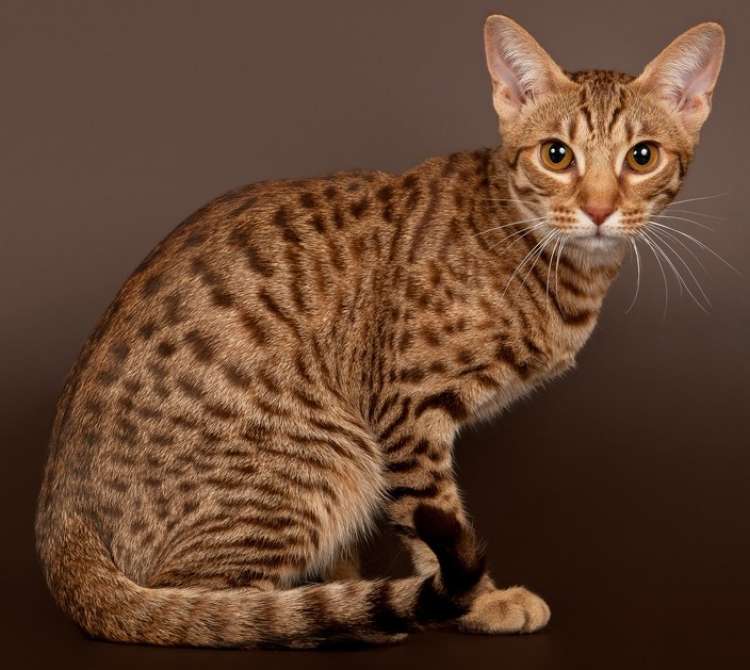
Ocicat
Cómo es la raza del gato Ocicat o gato Ocelote
Seccion: Cómo es la raza del gato Ocicat o gato Ocelote
Este gato, junto otras razas como el Mau egipcio o el gato de Bengala, es uno de los felinos con una apariencia más salvaje. ...
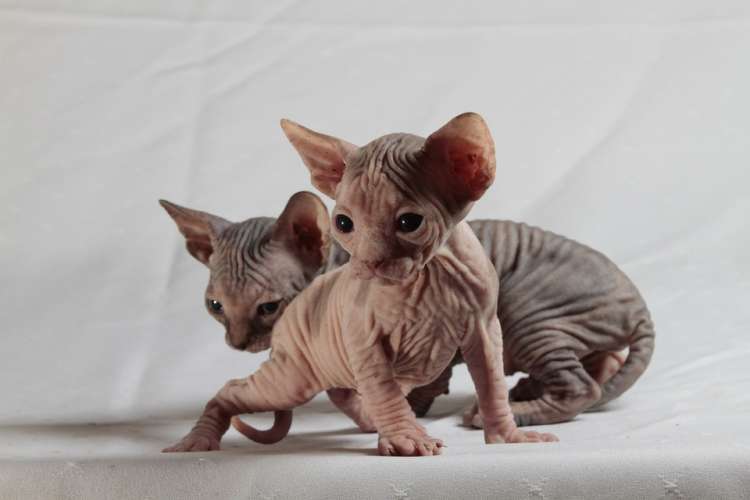
Sphynx
Cómo es la Raza del Gato Sphynx, Esfinge o Egipcio
Seccion: Cómo es la Raza del Gato Sphynx, Esfinge o Egipcio
Esta raza de gato ha estado rodeada de prejuicios desde su aparición debido al desconocimiento generalizado que existe sobre su origen y sobre todo, de sus cualidades. Son estupendos compañeros y muy buenos c ...
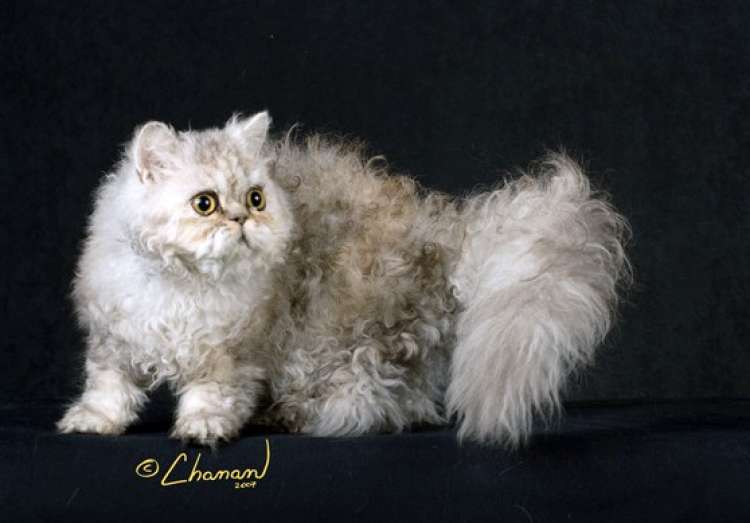
Selkirk Rex
Cómo es la raza del gato Selkirk Rex
Seccion: Cómo es la raza del gato Selkirk Rex
El Selkirk Rex es una de las más recientes razas naturales cuya característica principal está en su pelo rizado. Se dice que es una raza natural porque ha nacido de una mutación espontánea en la que no ha ...
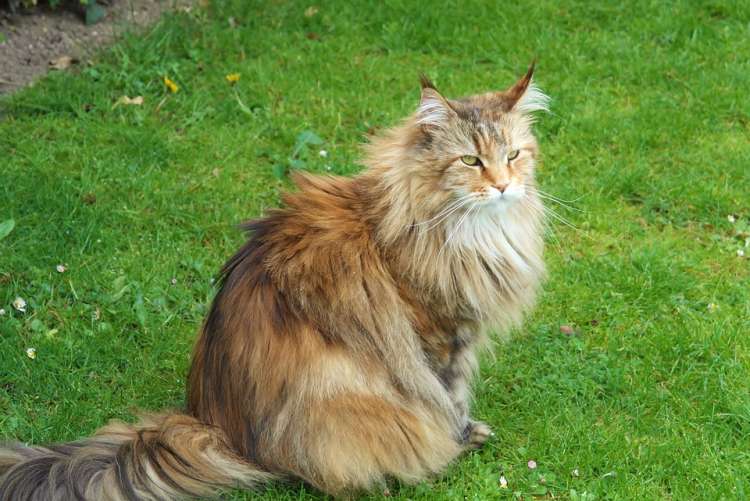
Siberiano
Cómo es la raza del Gato Siberiano
Seccion: Cómo es la raza del Gato Siberiano
El Gato Siberiano, grande y poderoso, origen ruso muy activo y cariñoso, junto al Maine Coon y al Bosque de Noruega, es uno de los integrantes de los llamados ?gatos de bosque, con quienes comparte caracterís ...
MIELOPATÍA DEGENERATIVA
Seccion: Un Resumen de la enfermedad Mielopatía Degenerativa (D.M.). La Mielopatía Degenerativa canina (D.M.) es una enfermedad neurodegenerativa grave con inicio tardío aproximadamente al octavo año de edad. ...
Resumen de la Enfermedad de VON WILLEBRAND (vWD).
Seccion: Un Resumen de la enfermedad de Von Willebrand (vWD). La enfermedad de von Willebrand (vWD) es el trastorno hemorrágico de carácter hereditario más común, el cual abarca desde una forma asintomática hasta ...
Kerry Blue Terrier
Degerative Mielopaty (DM)
Seccion: Degerative Mielopaty (DM)
Degerative Mielopaty (DM) is an important neurodegerative disease which starts at an old age around 8 years of age. The disease is produced by a degeneration of the axons and of the myelin in the thoracic and s ...
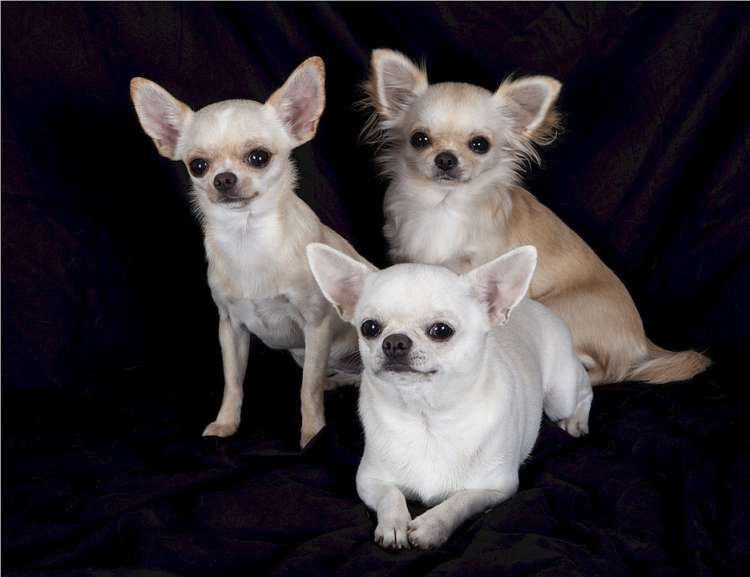
Chihuahueño
Cómo es la raza del chihuahua
Seccion: Cómo es la raza del chihuahua
El perro chihuahueño, es considerado la raza de perro más pequeña del mundo. Es originaria de México. También conocido fuera de México como chihuahua. ...
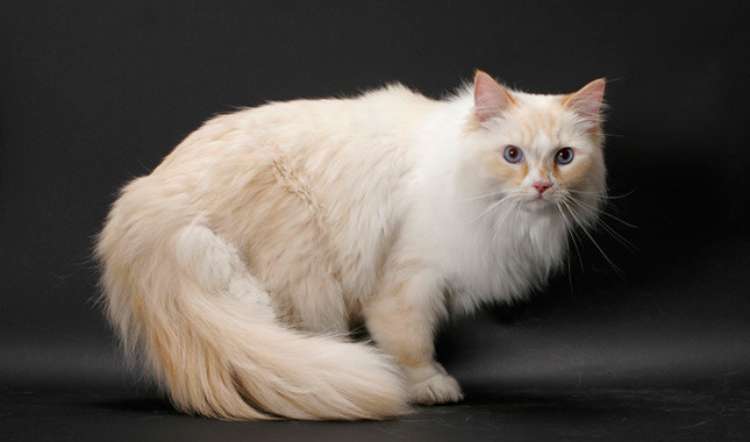
Cómo es el gato Ragamuffin
Seccion: Una raza muy poco conocida, con un origen misterios, pero gatos de gran corazón, cariñosos y sociables. Conoce un poco más de esta raza.´ ...
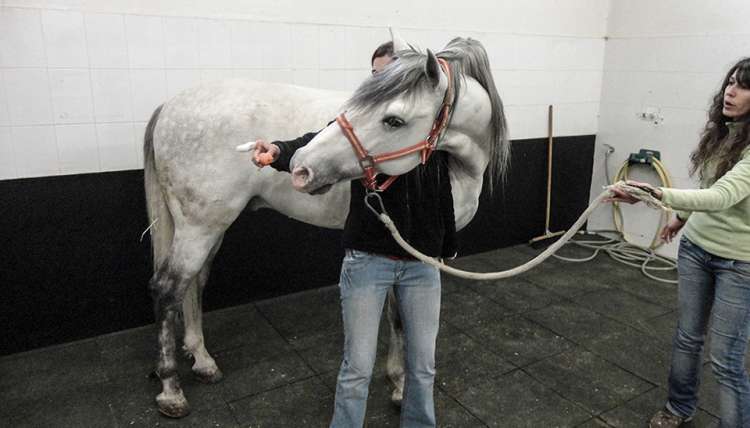
¿Qué es la Fisioterapia Animal?
Seccion: La Fisioterapia según la Organización mundial de la Salud ( O.M.S.) se define en 1958 como: ?La técnica y la ciencia del tratamiento a través de: medios físicos, ejercicio terapéutico, masoterapia y elect ...

Por :

La Homeopatia.
Seccion: La Homeopatía Unicista es un sistema médico que se basa en leyes naturales. ...

Por :
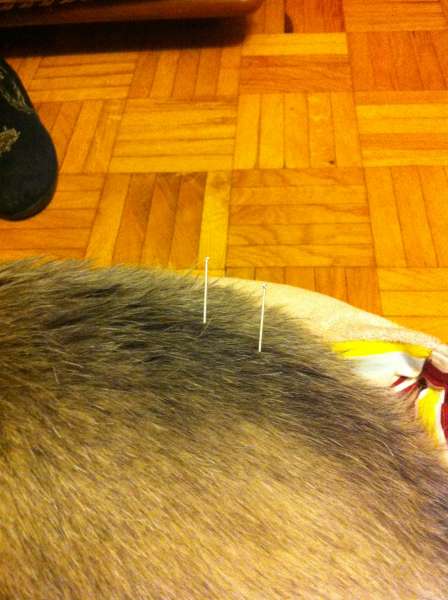
¿Qué es la Acupuntura?
Seccion: Consiste en la inserción y manipulación de agujas en el cuerpo con el objeto de restaurar la salud y el bienestar. Buscamos el equilibrio entre el cuerpo y la mente. ...

Por :
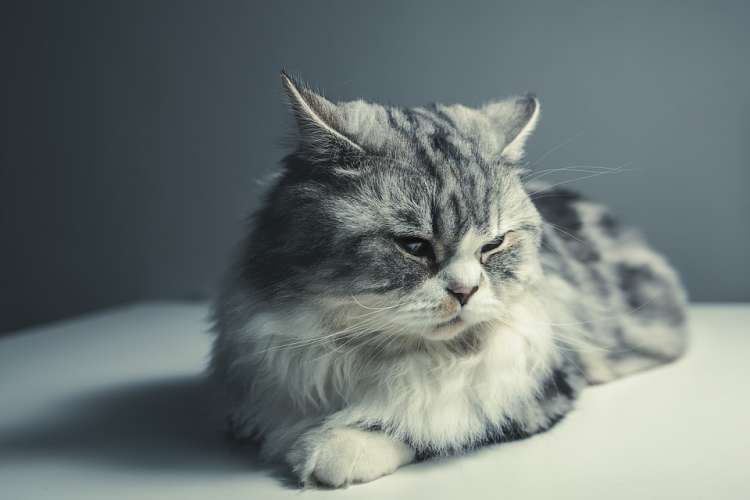
Persa
Cómo es la raza de gato Persa
Seccion: Cómo es la raza de gato Persa
Después de pasar varias décadas siendo gatos exclusivos de la realeza y de personalidades de la música, escritores o gente influyente, el gato persa es en la actualidad una de las razas de gatos más codicia ...
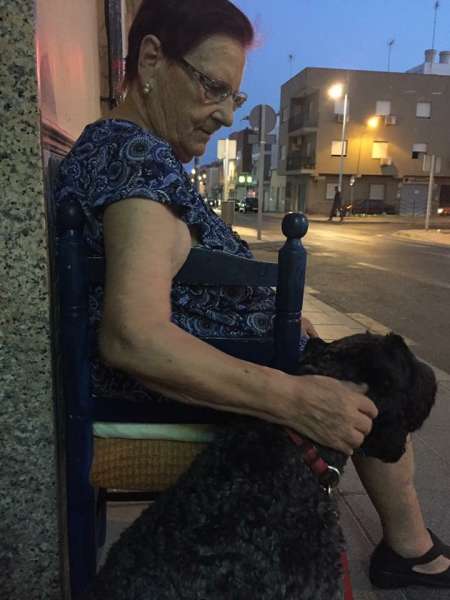
Kerry Blue Terrier
Historia de Hugo
Seccion: Historia de Hugo
Tú estás loca Paquita, no tienes bastante con los niños, los colegios, las clases particulares, la casa... como para ahora echarte también el cargo de un perro. Pues a mi casa ni se te ocurra traérmelo, e ...
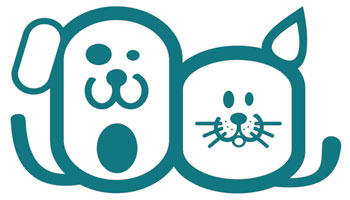
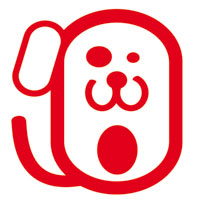
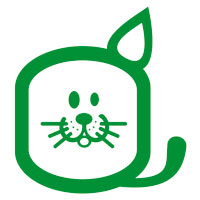




















 akc.org
akc.org